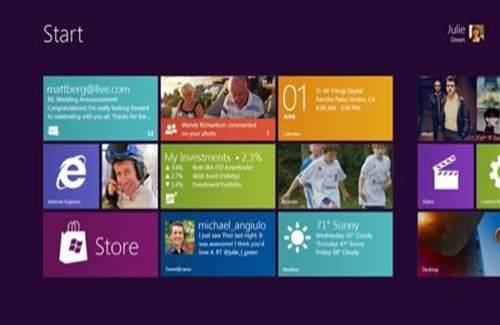Microsoft's Windows boss Steve Sinofsky has laid out what to expect in the company's first foray into a more integrated and controlled world of ARM processors.

Microsoft has been working with three primary ARM licensees for its Windows on ARM (WOA) devices, including NVIDIA, Qualcomm and Texas Instruments, to deliver a more battery-friendly device.
Windows ARM devices should be released alongside Windows 8 on x86/64 machines, and will be bundled with Word, Excel, PowerPoint and OneNote under a software package currently codenamed "Office 15", Sinfosky wrote in a blog post late last week.
WOA won't permit virtualisation or for existing x86/64 desktop apps to be run, emulated or ported.
If running x86/64 software is essential, Sinfosky recommends sticking with regular desktop Windows for that architecture.
It will be possible to redesign enterprise applications for WOA, likely to involve building a Metro-style interface and communicating through a web services API, which Sinofsky says will probably "take some time" to achieve.
Users won't be able to change the operating system shipped with each ARM device, which is integrated from top to bottom. WOA won't be sold or serviced outside of the device it was purchased on.
WOA will never really be turned off. The traditional hibernate and sleep modes are gone, replaced by the phone-like "Connected Standby" power mode, which should permit the device to operate in a very low power mode for "weeks".
It won't be possible to run code that has not been approved for distribution through the Windows Store - a move that will increase security but add restrictions for those that like to tinker.
Sinofksy said that all Metro style apps developed under its Windows 8 programming model WinRT will support WOA devices and Windows 8 on x86/64
WOA devices will also support HTML5 with Internet Explorer 10 and file management in Windows Explorer.
They will also include mobile broadband and printer "class" drivers, designed to remove obstacles when connecting to mobile networks and printers, and embedded motion and magnetic sensors.



_(20).jpg&h=140&w=231&c=1&s=0)
_(22).jpg&h=140&w=231&c=1&s=0)
.png&h=140&w=231&c=1&s=0)



_(26).jpg&w=100&c=1&s=0)

 iTnews Executive Retreat - Security Leaders Edition
iTnews Executive Retreat - Security Leaders Edition












_(1).jpg&h=140&w=231&c=1&s=0)



